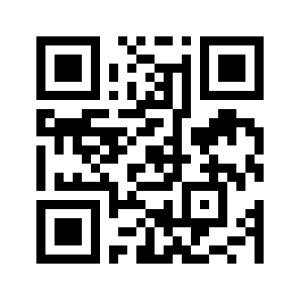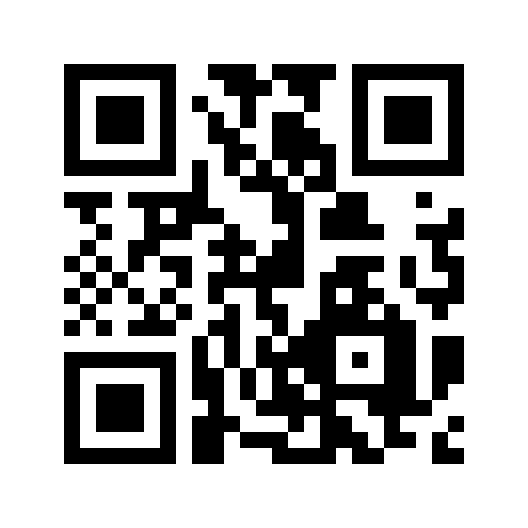With Augmented Reality, there is a wide range of various ways it can be used, both for educational purposes and for entertainment, and can range from using location based AR to image tracking AR.
LEARNING ZAPWORKS
For this lab exercise, we were instructed on creating augmented reality content by using ZapWorks and subsequently, Unity. I’m fairly unfamiliar with Unity, which led to me following the Canvas tutorials at the start of the exercise. This exercise created using image tracking, and relied on a trigger image to start.
Upon my first attempt of the exercise, I realised that I had the trigger image set to a horizontal view, which made it difficult to see the sea shack when scanning the QR code, given that I didn’t have an additional screen to load the trigger image on. By changing the trigger image to a vertical orientation, I could load the trigger image on my second monitor and successfully view the sea shack.
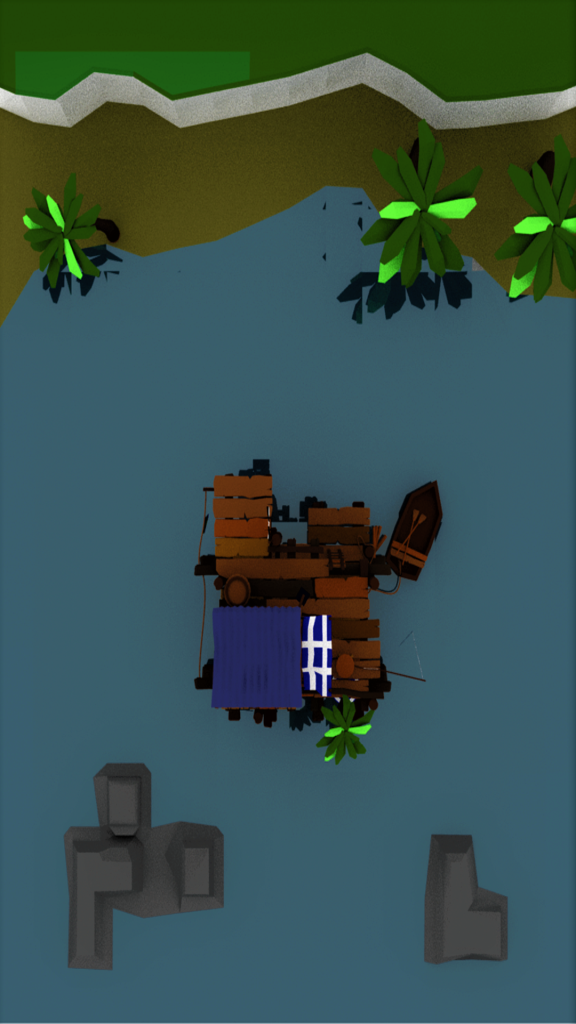
(This image is clickable and can be opened in a new tab)
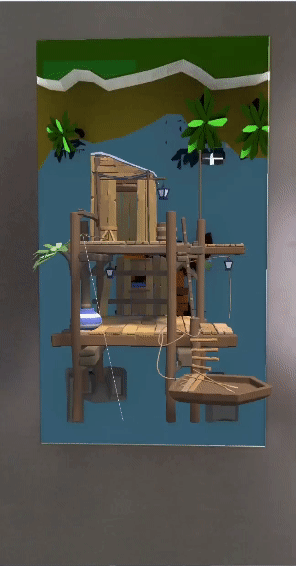
FURTHER EXPLORATION OF ZAPWORKS WITH CUSTOM CONTENT
With the success of the first part of the exercise, I decided to experiment with using the character that I had created over the summer and featured in my Frame. I had to re-decimate the character in ZBrush as when importing the character into Unity as it kept continuously crashing, likely due to the high poly count. Upon lowering the poly count of my character, I was able to successfully bring it into Unity and follow the same steps taken for the Sea shack demonstration.
An additional element that I decided to do was to create a custom trigger image in Photoshop, as I wanted the trigger image to be somewhat related to my character rather than using a stock image to trigger the augmented reality.
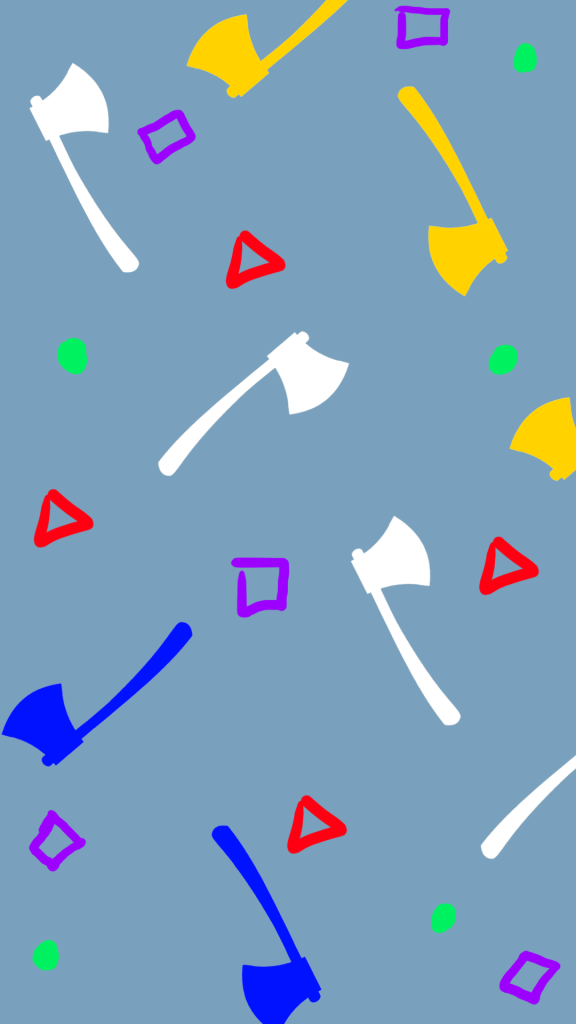
(This image is clickable and can be opened in a new tab)
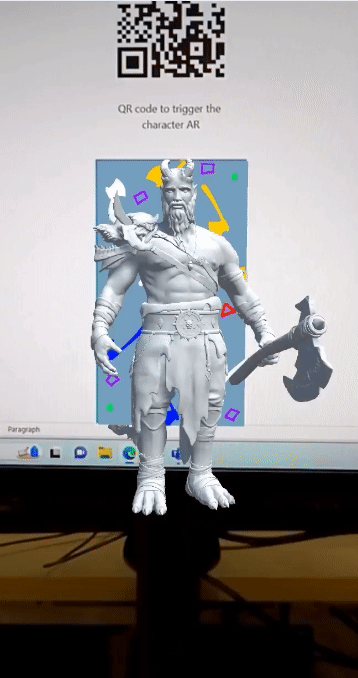
POTENTIAL APPLICATIONS OF AUGMENTED REALITY
I can envision that ZapWorks and similar AR software as an impressive tool that can bring about new ways to look at a variety of 3D models, such as having a trigger image next to an information board to demonstrate the topic. I imagine that it would be particularly beneficial for museums, as a person could scan a QR code positioned next to an information panel and see a 3D replica, or a small animation based on the topic in front of them. An article by the Nielsen Norman Group discusses on how during a study, they found that participants were excited by educational AR pieces (Behnam and Budiu, 2022), which then may provide a different approach to learning.
For 3D artists such as myself, I would personally use AR as a method of showcasing some of my portfolio pieces, allowing for them to be viewed in augmented reality, creating an opportunity to walk around the model and view them up close. Furthermore, I can imagine that it would be a good way to get an understanding of the scale of a 3D model, such as a characters height or a weapon they would carry, and share it with a wider audience.
REFERENCED MATERIAL:
Behnam, S. and Budiu, R. (2022) The Usability of Augmented Reality. Nielsen Norman Group. Available online: https://www.nngroup.com/articles/ar-ux-guidelines/.
